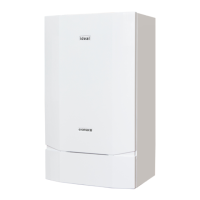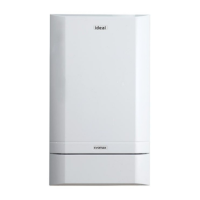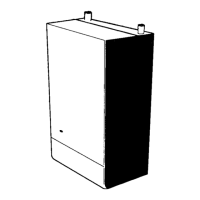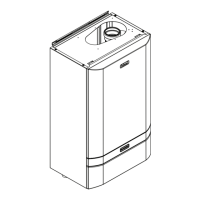34
WHEN SHOULD I USE COMMERCIAL FLUE
REQUIREMENT LEGISLATION AND GUIDANCE?
WHAT IS GUIDANCE AND WHAT IS MANDATORY?
BS5440 covers domestic installations up to 70kW net input, however if an appliance is to be installed in a factory
location even if under 70kW then the commercial requirements of IGEM UP10 & BS6644 must be adopted.
Similarly if a cascade boiler installation is fitted and the total input exceeds 70kW then the commercial flues and
ventilation should be adopted.
British Standards are a mandatory requirement. The approved documents oer guidance on how to comply and are not
legally binding unless the manufacturer of the appliance stipulates them in the installation manual. It is prudent however
to follow them because they would likely be used in a court of law as the minimum expected by a competent person to
install a safe system.
Building Regs are a mandatory requirement as set out in Government legislation.
IGEM Documents oer guidance in the same way as British standards. However these have been set and adopted by
a board of industry experts and represent current best practice and are aligned with National/International legislation
and standards.
Clean Air Act – This is a mandatory requirement as set out in Government legislation.
Gas Safety (Installation and Use) Regulations 1998 – These are mandatory and set out the requirements for
safe installations.
CLEAN AIR ACT - THE FACTS
The Act applies to gas (and other fuels) fired appliance installations generally but with specific requirements for
installations exceeding 333 kW net heat input including approval of the height of the chimney by the Local Authority.
The essential requirements are that flue discharges are not to cause a nuisance to others or be a hazard to health.
In 1956 there was a clean air act memorandum that stated appliances with gross input of 150kW must terminate
vertically. This has no foundation in law and was not written for modern high eciency products. To this eect the
current guidance suggests that all installations from 135kW net input that wish to terminate horizontally should be
subject to a risk assessment which can be found in IGEM UP10.
All installations are subject to the clean air act requirements:-
Installations below 333kW net heat input can terminate horizontally at low level subject to a risk assessment and
complying with all other clearance distances as defined in IGEM UP10.
• Appliance inputs greater than 333kW net need prior approval from the Local Authority with position of flue
termination agreed by them.
• No terminal fitted to natural draught flues should be less than 170mm.
• Terminal positions for fanned or natural draught flues shall be clear of obstructions and openings into buildings. Wall
terminations shall be directed away from the building.
• Vertical outlets must be the minimum required above the roof level.
• Any horizontal outlet below 2m must be guarded and a minimum of 300mm above ground level.
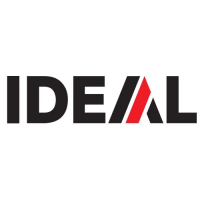
